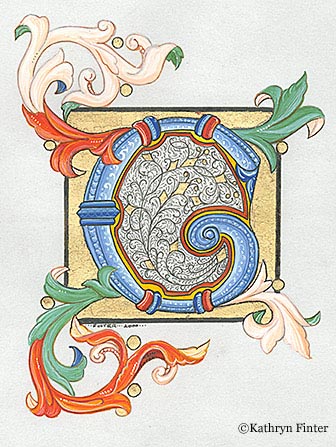

Roman writing systems, which has the following developmental pattern: Square Capital => Rustic Capital => Uncial => Mixed Uncial => Semi-/Half-Uncial.According to Ductus, the six major phases of script development can be (basically) summed up as the following: Ductus also mentions that script evolution would at times become so convoluted that people would attempt to return to a more legible script of the past. Because script was not static, there were consistent developments in handwriting over time, so the phases of script development did not have a clear beginning or ending period. What does it mean if a script is bilinear?Īccording to Ductus, “ix main stages of development of Western handwriting are sometimes distinguished, though this suggests a neat and clear linear evolution which was not the case” ( Ductus, “Preliminaries: Introduction”).How do the terms majuscule and minuscule relate to the Roman Square Capital, the Roman Rustic Capital, the Uncial, and the Semi- or Half-Uncial?.After the end of the 6th century, how were Rustic Capitals and Square Capitals mostly used?.Jerome have about Uncials? Why was Jerome irritated? How did the way that the pen was held affect writing?.Why was space not left between words in this early period of writing?.What kind of writing is on the Trajan column in Rome? Are dots used to separate words on the Trajan column? Was this common practice? Is the script legible? Why?.What were the six major phases of script development?.Click the link on any question you’d like to know more about to go directly to that section. The project was funded by the Arts and Humanities Research Council.This page attempts to answer some important questions about the development of Roman writing systems. The Project Directors were Professor Linne Mooney, Dr Simon Horobin and Dr Estelle Stubbs. Late Medieval English Scribes was developed by The Centre for Medieval Studies at the University of York and the University of Oxford with technical development provided by The Humanities Research Institute, University of Sheffield. The resource includes the searchable characters thorn (þ) and yogh (ȝ). Speculum: A Journal of Medieval Studies, 81 (2006). in Scribes, Scripts and Readers: Studies in the Communication, Presentation and Dissemination of Medieval Texts. 'The Production of Copies of the Canterbury Tales and the Confessio Amantis in the Early Fifteenth Century' in Medieval Scribes, Manuscripts, and Libraries: Essays Presented to N. Advanced search options cover scribal profile, manuscript description, codicology and provenance, and decoration. The catalogue may be browsed by manuscript location/shelfmarks, scribal profiles, authors and letters.

These were chosen as having the most variable forms in late medieval English scripts and thus the best distinguishing graphs of a scribal hand. In addition to the overall aspect images of the scribal hands and manuscript descriptions, the site includes images of sample letter forms for eight letters, a, d, g, h, r, s, w and y.

The catalogue includes an image of each scribal hand, brief descriptions of the manuscripts and images of selected sample letter forms. This resource is of particular relevance to manuscript studies, palaeography, literature and codicology. The online catalogue will enable specialists and interested members of the public to trace the connections between manuscripts of this period and to make further identifications of manuscripts written by these scribes. The project investigated the manuscripts of the writers' literary works to find relationships among the writers and their patrons and audiences through the identification of the scribes who wrote the manuscripts. The catalogue contains 419 manuscript descriptions, 524 scribal profiles, almost 17000 images of letter forms and 436 images of manuscript pages. Late Medieval English Scribes is an online catalogue of all scribal hands (identified or unidentified) which appear in the manuscripts of the English writings of five major Middle English authors: Geoffrey Chaucer, John Gower, John Trevisa, William Langland and Thomas Hoccleve. Descriptions and illustrations of the scribal handwriting of all medieval and early modern manuscripts of English works by Geoffrey Chaucer, John Trevisa, John Gower, William Langland and Thomas Hoccleve Contents


 0 kommentar(er)
0 kommentar(er)
